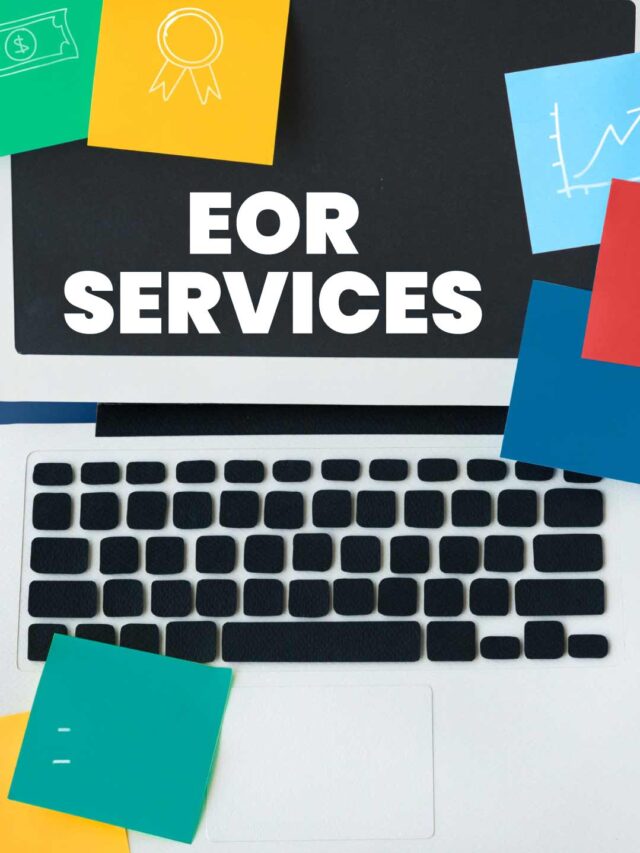Step-by-Step Process to Convert a Public Limited Company to Pvt Ltd Company
If a public company wants to switch to a private limited company, there’s a proper legal route to follow. The process involves approvals from the company’s board and shareholders, and then a few formal steps with the authorities. Here’s how it’s done in a simple, step-by-step manner:
Step 1 – Hold a Board Meeting
The first step is to get the company’s board of directors on the same page. A meeting is called where they agree to move forward with the conversion. In this meeting, they also decide when to call a general meeting of shareholders to get their approval.
Step 2 – Get Shareholders’ Approva
Once the board agrees, it’s time to bring the matter to the shareholders. A formal meeting (called an Extraordinary General Meeting) is held. If at least 75% of the shareholders agree to the conversion, the company is good to go.
Step 3 – Inform the Registrar (ROC)
After the shareholders have given their approval, the company must inform the Registrar of Companies. This is done by filing a form called MGT-14 along with a copy of the resolution and updated Articles of Association.
Step 4 – Apply to the Regional Director
Now comes the most crucial part. The company has to apply to the Regional Director (RD) of the Ministry of Corporate Affairs to get official approval for the conversion. This step involves submitting a few documents like:
- Updated MOA and AOA
- A list of shareholders and creditors
- A declaration confirming there are no unpaid dues or legal issues
Step 5 – Publish a Public Notice
The company then needs to publish a notice in two newspapers—one in English and another in the local language. This gives anyone (especially creditors) a chance to raise concerns if they have any. They get 21 days to respond.
Step 6 – Wait for Approval
If no one objects (and everything is in order), the Regional Director will review the application and give the green signal. Sometimes, they might ask for more details or call for a short hearing before approval.
Step 7 – Submit the RD’s Approval to ROC
Once the RD gives the go-ahead, the company must file this approval with the Registrar by submitting Form INC-28.
Step 8 – Get Your New Certificate
Finally, the ROC issues a new Certificate of Incorporation with the company’s updated status as a Private Limited Company. And just like that, the conversion is officially complete.
What documents are required to Convert a Public Limited Company to Pvt Ltd Company?
- Board Resolution for conversion
- Special Resolution passed in EGM
- Notice of EGM
- Minutes of EGM
- Altered MOA (Memorandum of Association)
- Altered AOA (Articles of Association)
- Form MGT-14
- List of shareholders and creditors
- Declaration by Director or KMP (Key Managerial Personnel)
- Affidavit verifying list of creditors
- Newspaper Advertisement (English and regional language)
- Form RD-1
- Power of Attorney or Board Resolution for authorized representative (if applicable)
- RD’s Approval Order
- Form INC-28
Conclusion
Converting a Public Limited Company to a Pvt ltd Company allows businesses to gain more control, reduce compliance burdens, and operate more flexibly. Though the process requires legal steps and documentation, it brings long term advantages like improved privacy, easier decision-making, and stronger management control. With the right planning and guidance, businesses can complete the conversion smoothly under the Companies Act, 2013. If you’re aiming to simplify your structure or realign with new goals, this move could be the right choice.
Suggested Read :
Employee Structure of a Pvt Ltd Company
Checklist for Pvt Ltd Company Compliance
Enterprises vs Pvt Ltd Companies
Public Limited Company Share Capital











November 14, 2025 By Dhruvi
Private Limited Company Incorporation in India with Ebizfiling At Ebizfiling, we simplify the process of Private Limited Company incorporation in India for aspiring entrepreneurs and small business owners. When you’re starting a new venture, our team ensures your registration is […]
July 23, 2025 By Dhruvi
Post Incorporation Compliances immediately After Pvt Ltd Registration: Critical Steps Most Startups Skip Introduction Getting your Pvt Ltd company registered is a big milestone; but it’s only the beginning. The real work starts after incorporation. This pvt ltd post incorporation […]
June 19, 2025 By Team Ebizfiling
How to Avoid International Tax for Indian Startups? Introduction Expanding across borders brings new customers, but also new tax challenges. Many Indian startups overlook hidden tax rules in foreign markets. Understanding international tax traps Indian startups must avoid can save […]